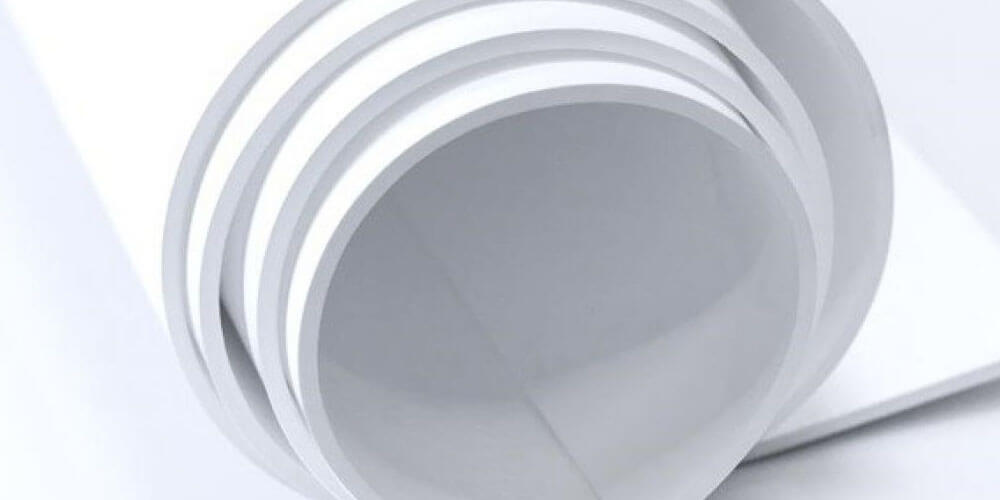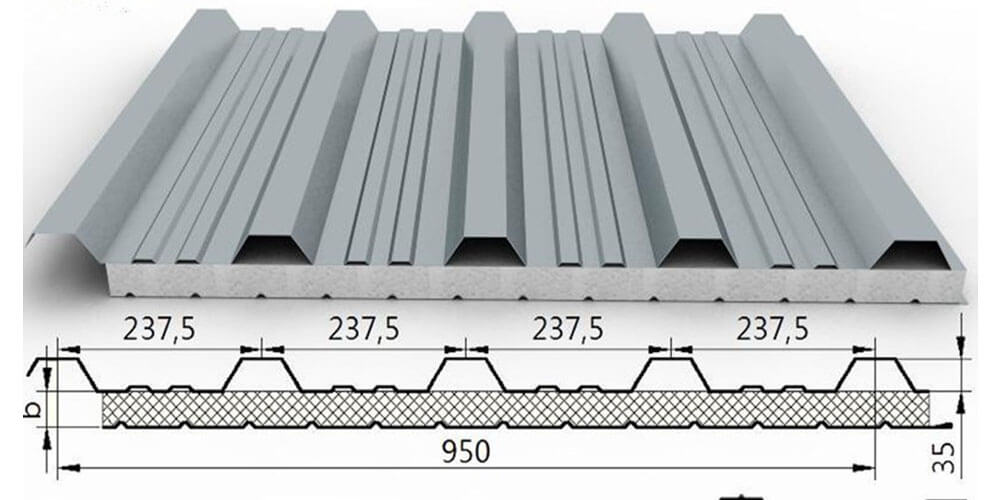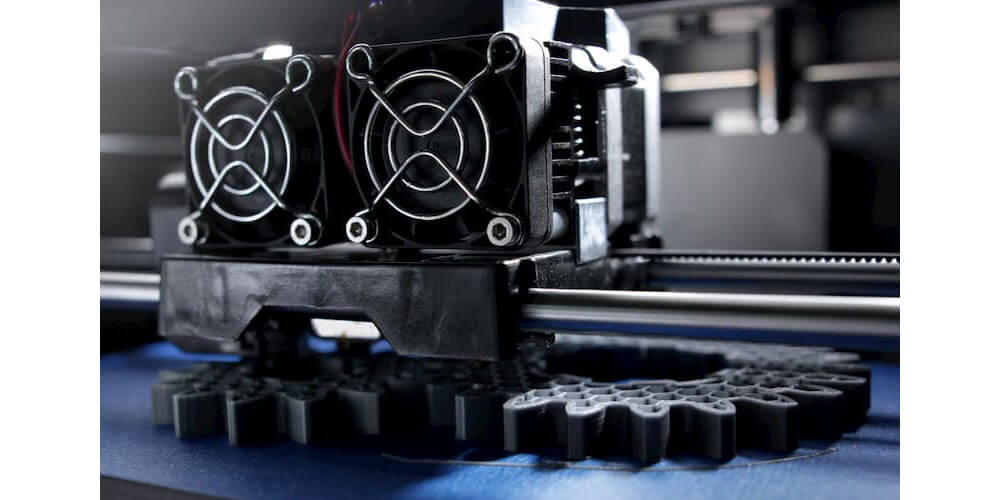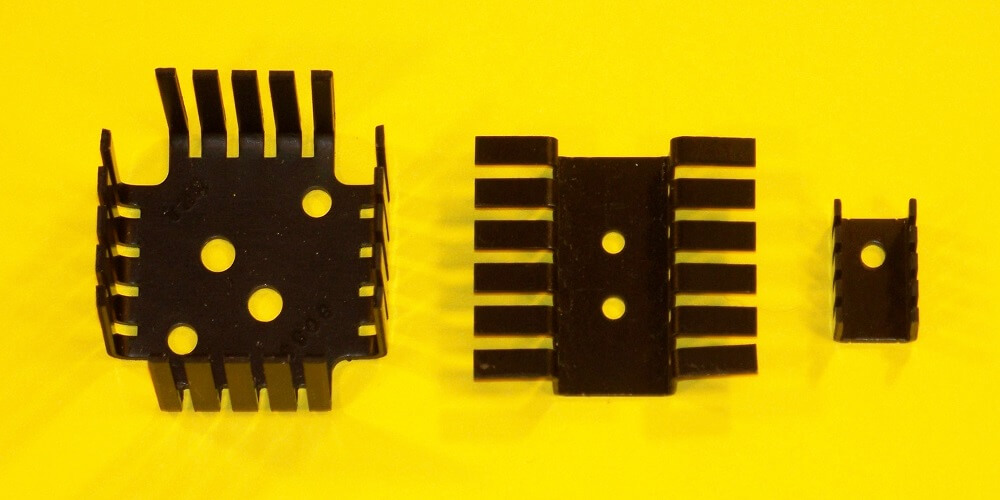If you are in manufacturing, you know just how important it is to have all the valves well sealed. Leaking fluid and gases can be dangerous to the factory and can cause huge accidents. It is for this reason that people get PTFE gaskets and sheetsfor their pipes around the factory. You can get your Multidirectional Expanded PTFE Sheet China Manufacturer, who are known to have genuine products. Here are some of the main perks of PTFE gaskets.
1. Highly resistant to chemicals
One of the biggest perks of using PTFE gaskets is that it is highly resistant to the chemical. It is the main reason it can seal up pipes that deal with aggressive chemicals like acids, bases, and solvents. Tests done with the gaskets show that they do not let any liquid pass through, no matter how strong it is. They can be trusted to hold everything in when it comes to closing up such valves.
2. Resistant to high temperature
Another perk of using PTFE gaskets is they can withstand high temperatures without melting or disintegrating. The quality makes it appropriate for food manufacturing and packaging companies since most of them have to heat the food and cook it fully before they package it. Getting gaskets that can withstand the right temperature and lower temperature for foods sold frozen is a great perk because the companies do not have to worry about cross-contamination from the gaskets.
3. Versatile
One of the main reasons many companies use PTFE gaskets is the versatility it comes with. The gaskets come in a variety of thicknesses, filters, and compression sheets. You get to choose which one will suit you and your needs. The various sizes mean you can use them for different uses. Most companies allow you also to get your custom-made size to suit your needs.
4. Works well as an insulator
Whether you are working with electricity or heat, getting gaskets that insulate against them can be a great plus for you. With PTFE gaskets, you get all these features. They work very well as electrical and thermal insulators, which means you can use them for insulation purposes. It can be used even in a heavy-duty industry that needs insulation, although they might have to make it thicker to withstand all the work it will be doing.
5. Easily available
Getting PTFE gaskets is very simple, all you need to do is get the right manufacturer and place an order for them, and you will get it in no time. It beats the hassle of figuring out where you will get the gasket from or having to buy them at a very high price. Many of the factories that manufacture PTFE do it at an affordable price that even a startup can afford.
Conclusion
Running a manufacturing plant means that you need to know the different components of the plant itself. PTFE gaskets might not be a big part of the plant, but they play a major role in ensuring the machines are safe and working. Getting the right PTFE gaskets is very vital to the running of your plant.




